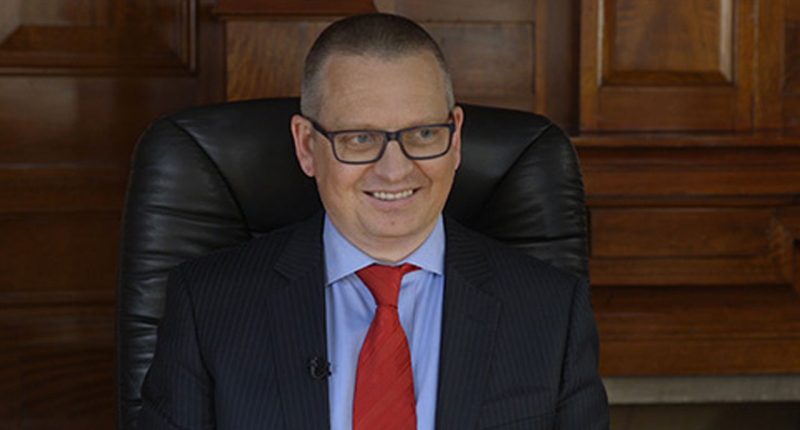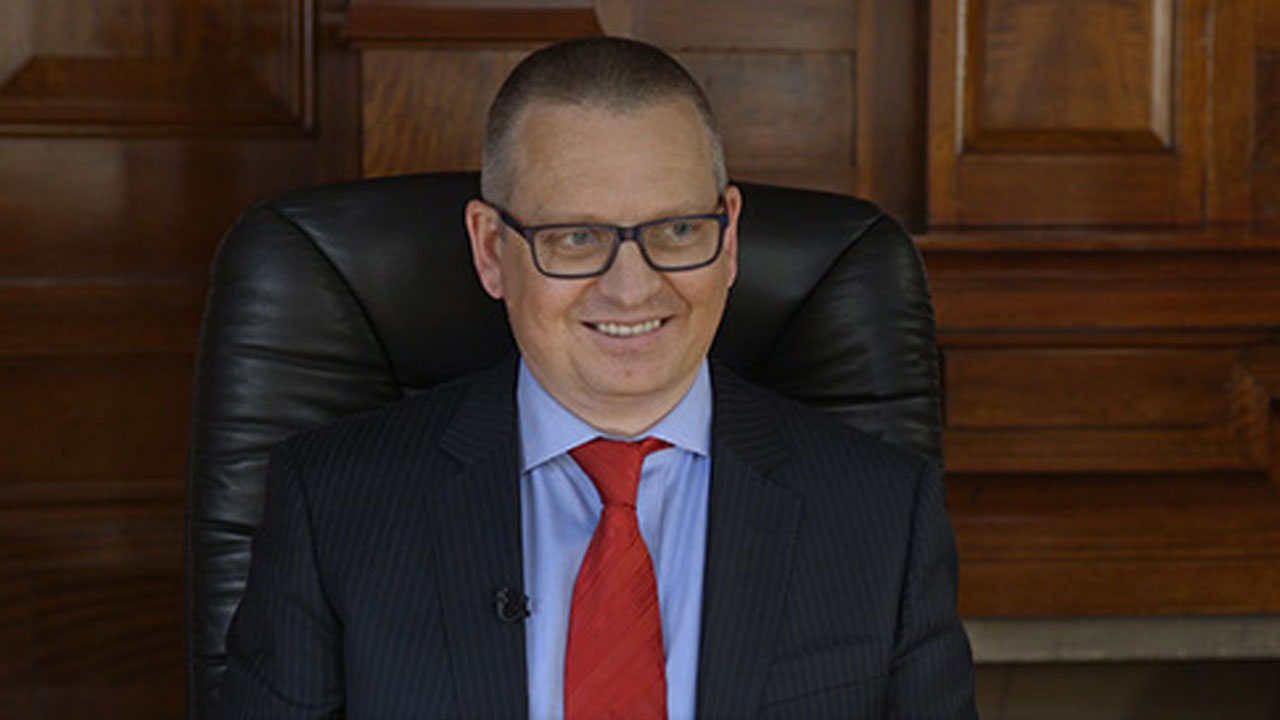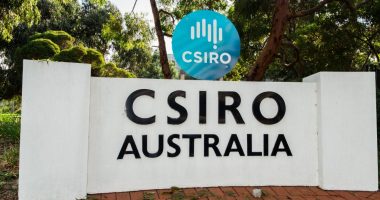- Environmental Clean Technologies (ECT) spent the December quarter rebuilding its Bacchus Marsh Facility in Victoria
- In October 2019, a fire caused between $2 million to $2.5 million in damages at Bacchus which ultimately led to the clean-tech developer suspending trade
- Fortunately, no damage occurred to ECT’s equipment and technology, and as the fire happened overnight no one was working at the time
- Throughout the quarter, ECT burnt roughly $601,000 on research and development (R&D) activities, which qualified for the ATO’s tax incentive
- As of December 31, 2020, ECT had $324,000 in available funding, meaning it has enough capital to support operations for just over half a quarter
- However, this doesn’t phase the company, as it received $593,000 in insurance proceeds on January 7
- ECT is steady on the market and shares have been trading at 0.1 cents since December 15
Environmental Clean Technologies (ECT) spent the December quarter rebuilding its Bacchus Marsh Facility in Victoria.
In October 2019, a fire caused between $2 million and $2.5 million in damages at Bacchus, which ultimately led to the clean tech developer to suspend trade.
Fortunately, the fire happened overnight, and no one was working in the facility at the time.
The fire occurred in the smaller of the two buildings, with no damage occurring to ECT’s HydroMOR, COHgen or Coldry equipment and technology.
HydroMOR is a hydro-driven iron making technology that decreases costs and carbon dioxide emissions, while COHgen produces hydrogen from lignite (combustible rock) using low temperatures and near-zero carbon dioxide emissions. Coldry is a unique coal drying and water recovery technology.
Throughout the quarter, ECT burnt through roughly $601,000 on research and development (R&D) activities, which qualify for the Australian Taxation Office’s R&D tax incentive.
Of this sum, $402,000 went to plant, property and equipment purchases, with the remaining $199,000 used on other expenses.
During the September quarter, $313,000 was spent on plant, property and equipment purchases, while $220,000 went towards other expenses.
As of December 31, 2020, ECT had $324,000 in available funding, meaning it has enough capital to support operations for just over half a quarter.
However, this doesn’t phase the company, as it received $593,000 in insurance proceeds on January 7.
ECT is steady on the market and shares have been trading at 0.1 cents since December 15.







